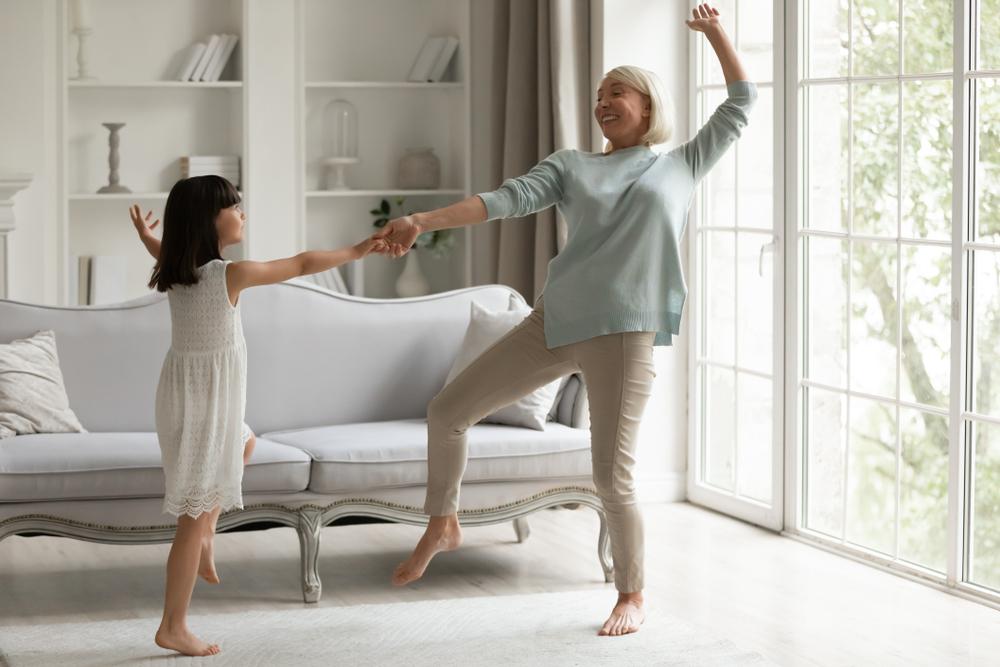We all spend much of our time on the move, mostly without thinking about safety. Some simple adjustments can help everyone stay on their feet.
The Centers for Disease Control and Prevention reports that more than 3 million people are treated in emergency rooms every year for falls. No matter one’s age, many easy changes can be made to and around the home to better ensure safety, along with some traction enhancers and other preventive measures.





